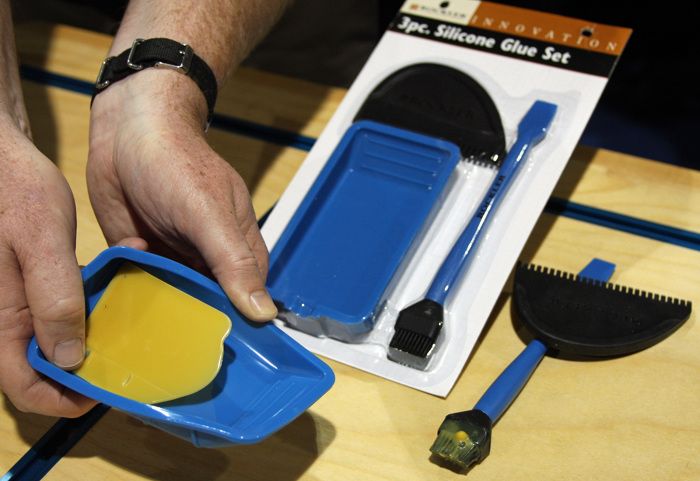
The 3-Piece Silicone Glue Application System includes a tray, brush and spreader, all silicone, all reusable, and all for $15! Dry glue just pops off.
Over the past 5 years Rockler has racked up more product innovations than any other company. Better yet, most are low-priced, which is just what the economy ordered. From the Dust Right Vortex dust separator to Bench Cookies, this company does an amazing job at the lower price-points.
This year’s IWF was no different, with Rockler unveiling at least a dozen cool new tools, with my 5 favorites all coming in under $25, yet all promising to make you a better woodworker, or at least, a happier one. They just keep thinking of stuff the other guys miss.
Added to their ingenious silicone glue brush is a small silicone glue tray, and a spreader for wide surfaces, offered in one $15 kit. The tray alone is worth $15. Think of all those pieces of carboard you won’t have to rip up and all those yogurt lids you won’t have to save and throw away afterward. The beauty of silicone is that dried glue just pops off. Why didn’t some one think of this earlier?
Coming in right behind the glue kit is the Mixing Mate, a self-sealing lid that goes on your paint and finish cans, with a built-in mixing whisk, and a pouring spout that opens with a thumb latch and closes without dripping, air-tight. The quart version is available now for $15, and the gallon size is coming in January for $20. At these prices I can afford to have a dedicated one for my shellac can, for example, which I will clean off by filling the can with alcohol and spinning the whisk, when the shellac gets old. Same goes for other finishes that I tend to thin and need to mix occasionally.
The other three are not barn-burners, but I’ll probably end up buying them anyway. The Bench Cookie now comes with a clip that fits over a 2×4, turning two sawhorses and a piece of plywood into a solid work surface. An undermount utility tray is also a great idea. And you can now store the long collapsible Dust Right hose on your DustRight dust separator on a handy rod, instead of tripping on it.


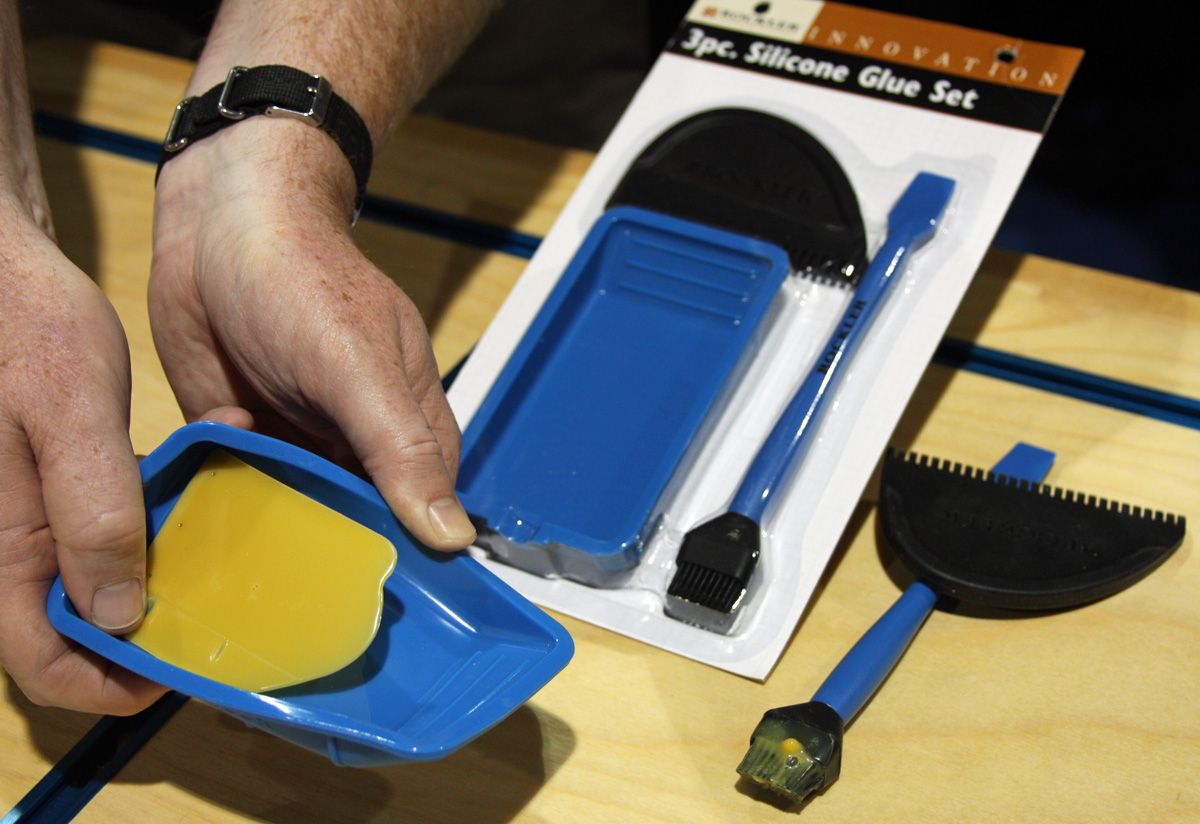
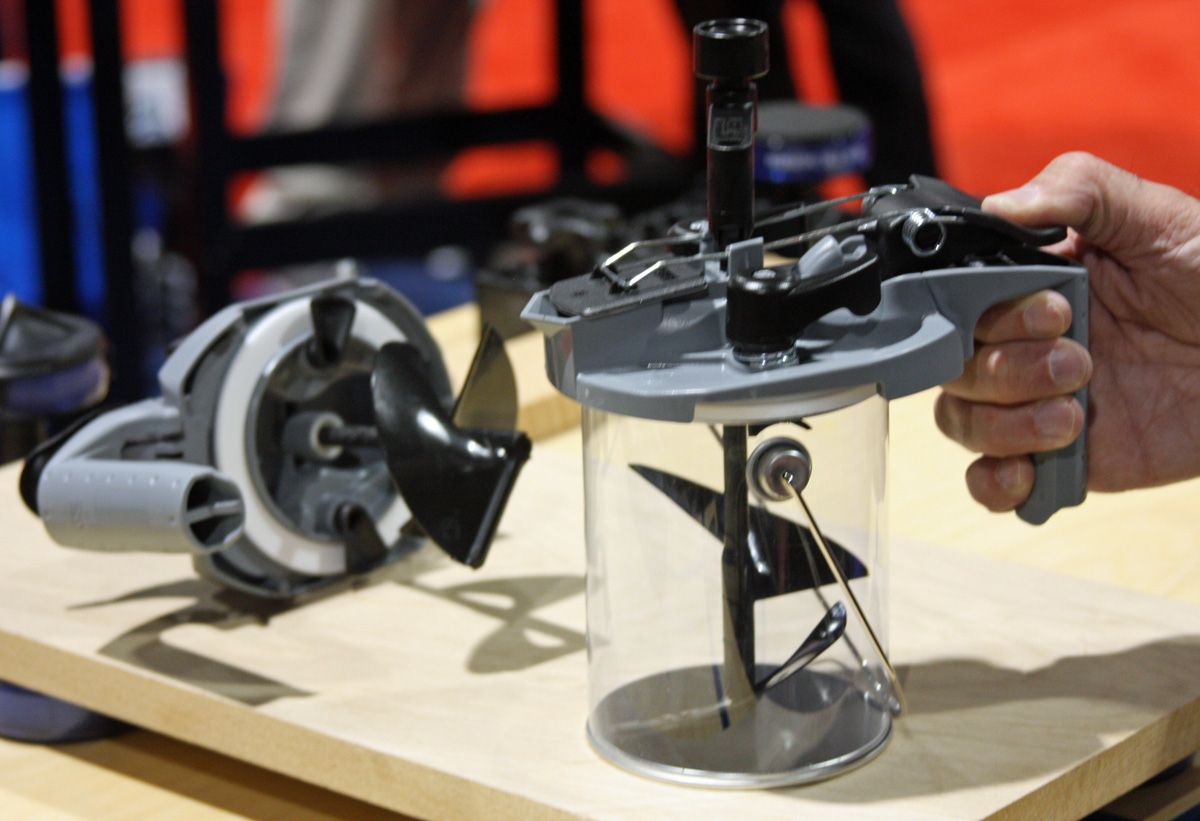
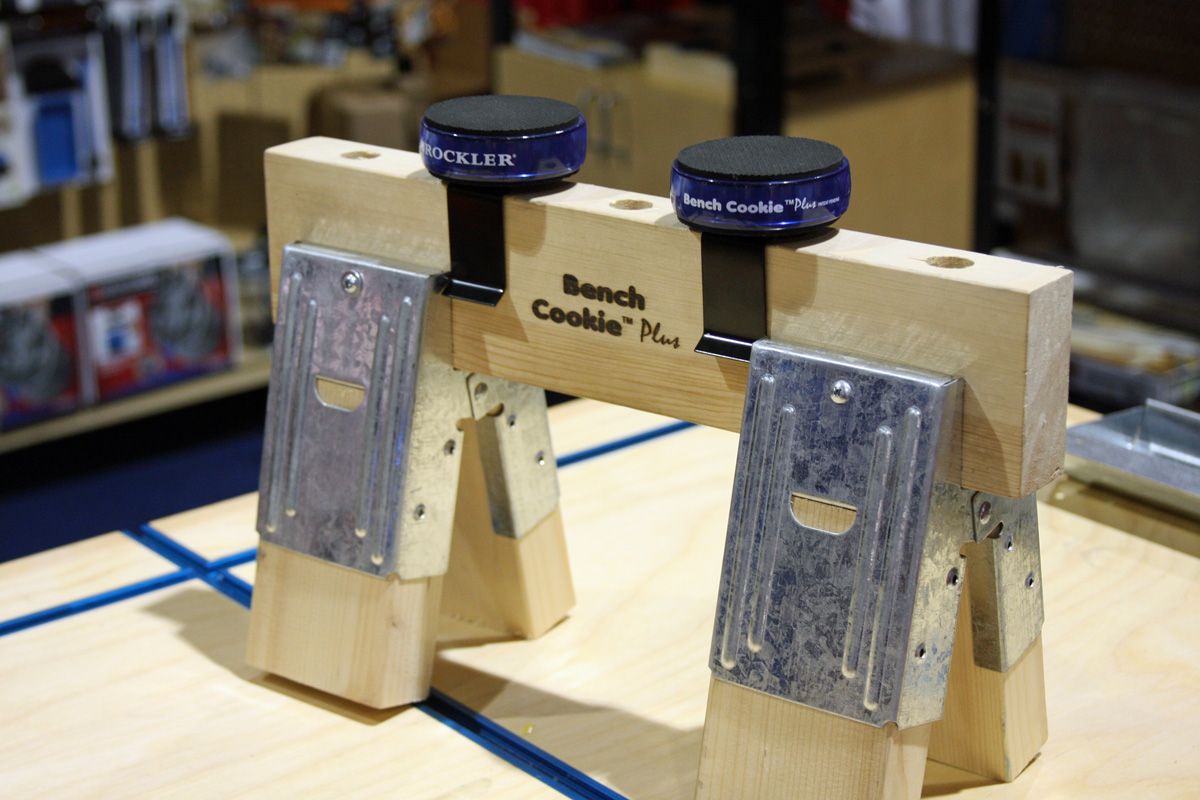
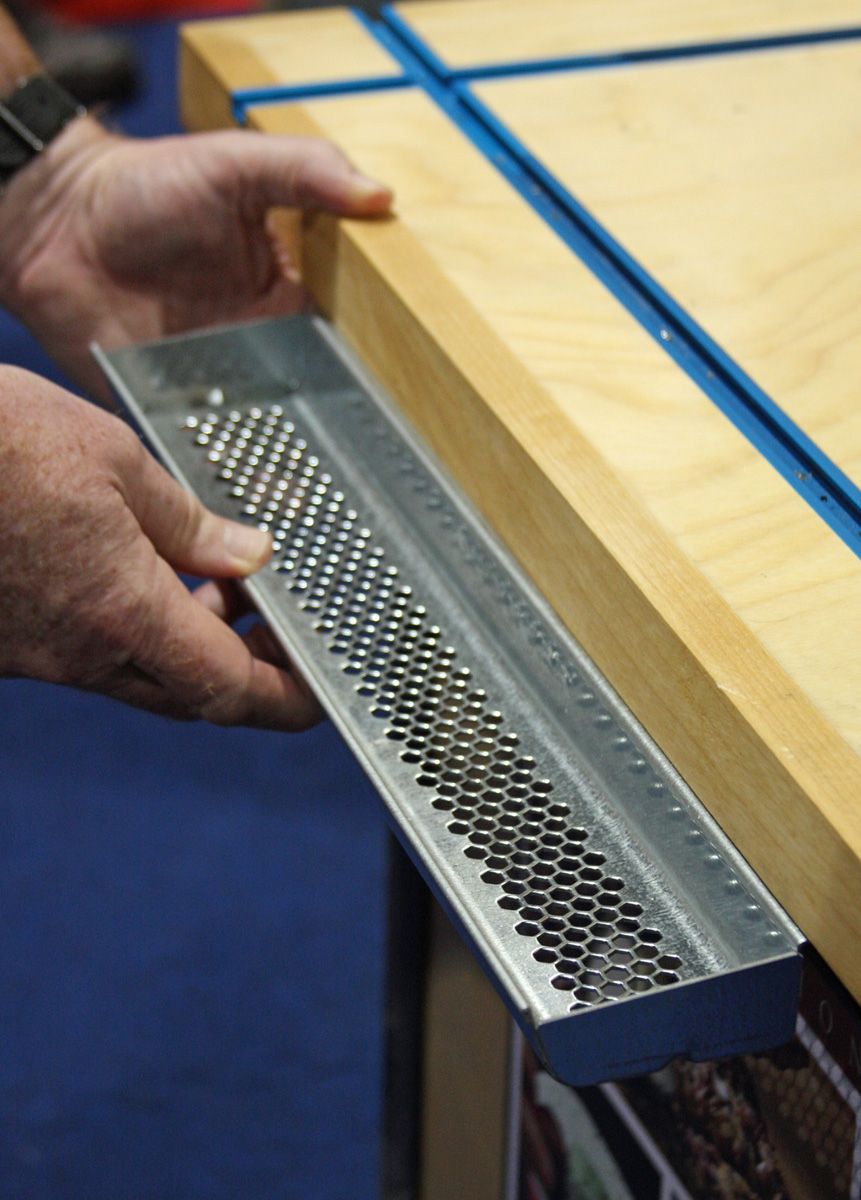
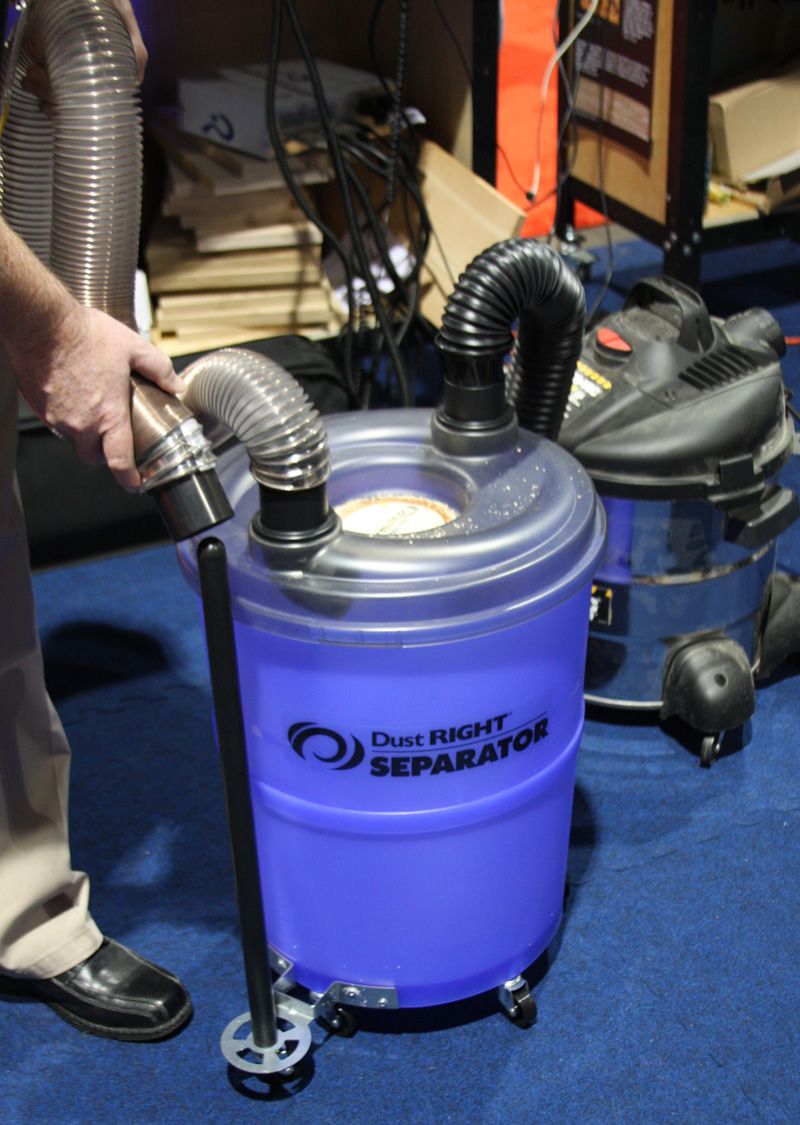
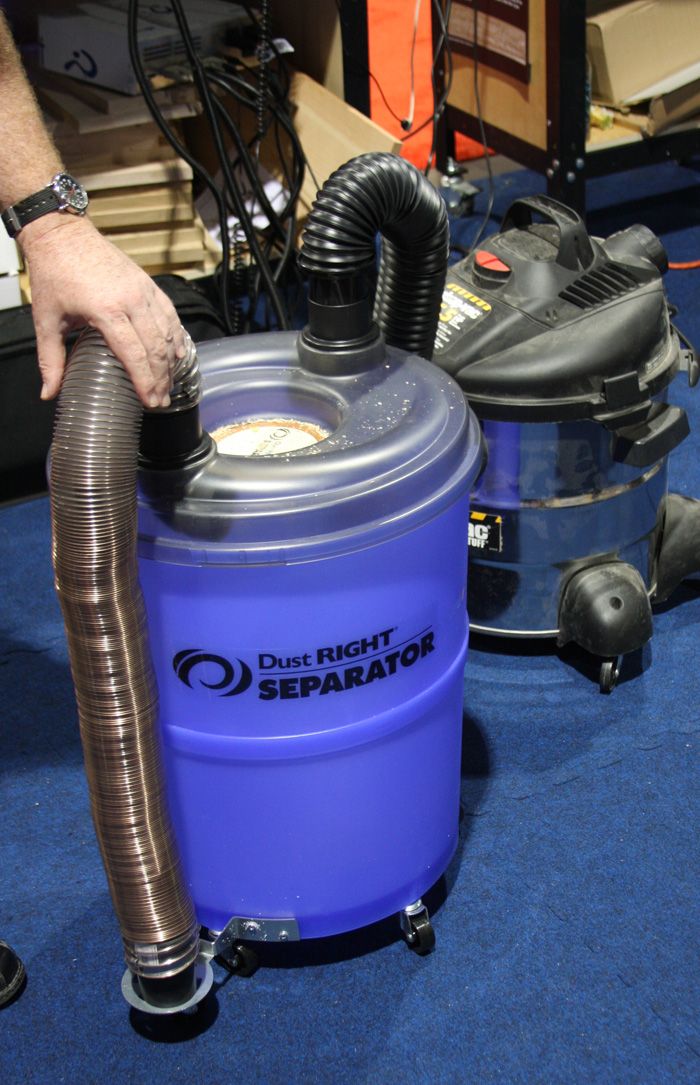
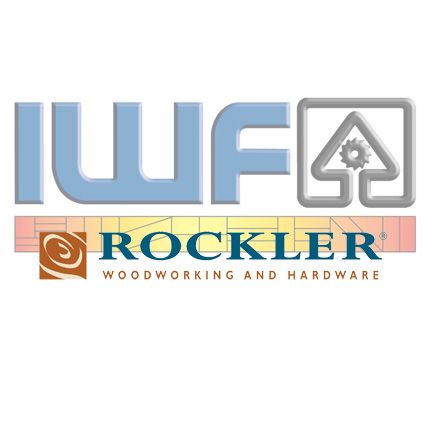






















Comments
I've been using a silicone bowl for mixing epoxy, etc. ever since Lee Valley started selling them a couple of years ago. And I bought a silicone pastry brush (for cooking) nearly ten years ago.
So, people have thought about these things before.
-Steve
Well as for the glue brush idea, someone already had come up with it but for a different purpose.
I have a J.A. Henkles version and use it for bbq sauce.
Come to think of it, I don't use it often and I think I may have just repurposed it based on this article!
I do a lot of panel laminations so I use a small paint roller and tray. It spreads glue quickly and evenly. When not in use I wrap the whole tray in a plastic bag and it's ready for the next day. I've been doing this for twenty years just not with the same tray lol.
The Rockler "Mixing Mate" looks good, but will it work for polyurethane? Also, if it can't be used for long term storage on the can (like it shows on Rockler.com, with multiple cans with this on) without the liquid drying out, what good is it? And isn't there an awfully good chance paint or poly will dry on parts of it, making it very difficult to clean, if not impossible? Now if the parts contacting the liquid were silicone, than that would be the ticket! All liquids would/should peel off easily. I question too, how airtight this really is....
Reminds me of the old days when I used to cover sports shows for a magazine. Manufacturers reps were more than eager to show me the new stuff, and supply me with freebies if I wrote about them in the magazine. I of couse was only too eager to take their freebies, and try them out, but on one condition: I would be very honest about my assessment.
I like both of these items. I can see a real value in the silicone gluing kit. The paint mixer looks interesting, but there seemed to be no real mention regarding the ease of clean-up. I can foresee moving parts becoming gummed up, ot flakes of one paint falling into another if it has any clean-up difficulties at all.
My father-in-law bought me one of the glue brushes after trying one out himself. I can't say enou good things about it. Yeah, it's nice that the glue peels right off after drying. The thing I like best about it is how evenly it spreads glue on the edge of a board on a single pass.
Not sure I'd use the tray. Maybe I'm missing something, but I've always just run a bead along a board and spread it with a brush -- and now my silicone glue brush. I don't waste any glue that needs to be peeled off any trays, either. My wife says I can have a couple silicone muffin cups that she doesn't use, so I guess I'll give that a try for a glue dish.
I prefer applying glue from a small throw away paper cup. Running a bead on an edge of a board makes it hard to apply the right amount. Using a brush and a tray or cup works better for me. The Rockler brush with the rubbery bristles is the best thing since buttered bread. I used to buy handsful of cheap bristle brushes and pick the bristles out of the glue. The rubbery bristles on the Rockler brush really stretch! Stretching is the reason the cured glue I forgot to clean up breaks off. When you apply glue with the Rockler brush it leaves small brush marks like ridges and valleys. That bothered me at first, but I think it works like applying mortar for tiles. When you press wood together the ridges spread and improve coverage.
I ordered the tray,spreader and another brush. I use plastic spreaders, but they are ridgid and sometimes leave streaks when the glue isn't poured out evenly. I'm thinking that the more flexible Rockler spreader will work better.
It's amazing to me that such a common activity as spreading glue got an upgrade with these do dads.
I prefer applying glue from a small throw away paper cup. Running a bead on an edge of a board makes it hard to apply the right amount. Using a brush and a tray or cup works better for me. The Rockler brush with the rubbery bristles is the best thing since buttered bread. I used to buy handsful of cheap bristle brushes and pick the bristles out of the glue. The rubbery bristles on the Rockler brush really stretch! Stretching is the reason the cured glue I forgot to clean up breaks off. When you apply glue with the Rockler brush it leaves small brush marks like ridges and valleys. That bothered me at first, but I think it works like applying mortar for tiles. When you press wood together the ridges spread and improve coverage.
I ordered the tray,spreader and another brush. I use plastic spreaders, but they are ridgid and sometimes leave streaks when the glue isn't poured out evenly. I'm thinking that the more flexible Rockler spreader will work better.
It's amazing to me that such a common activity as spreading glue got an upgrade with these do dads.
Log in or create an account to post a comment.
Sign up Log in